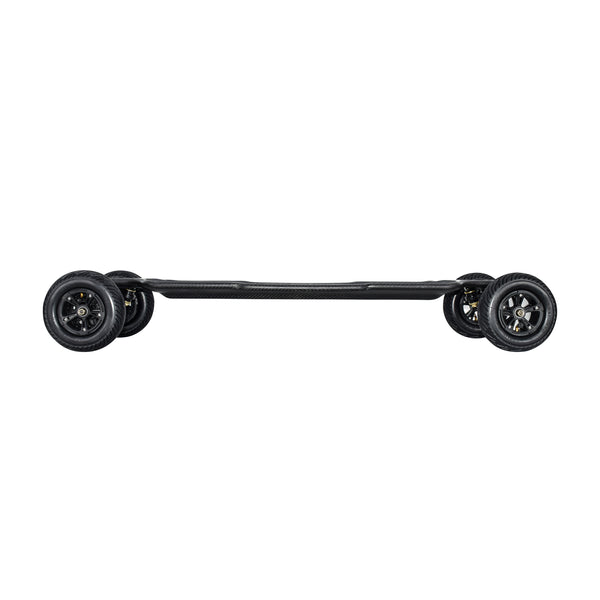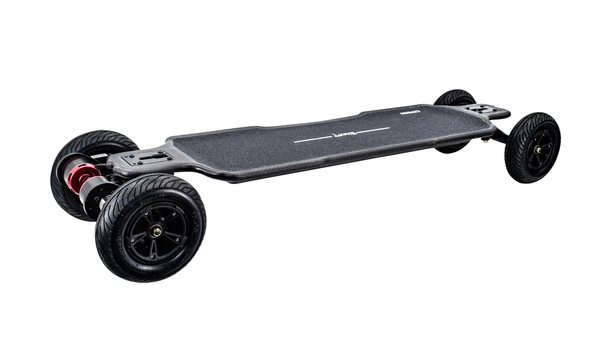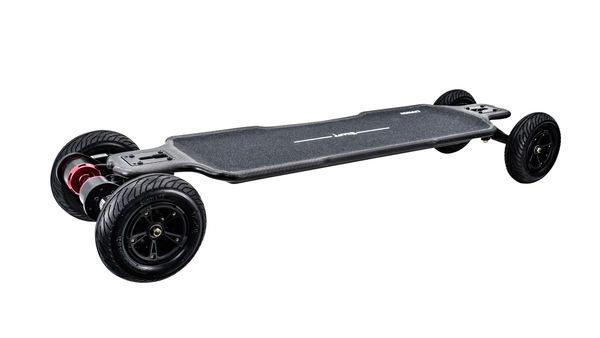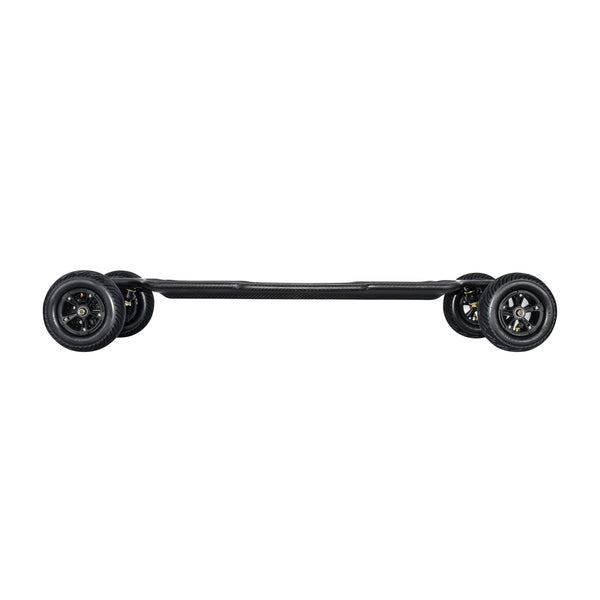Electric skateboard Lithium batteries are composed of positive electrode material, negative electrode material, separator, and electrolyte.
1.Among the cathode materials, the most commonly used materials are lithium cobalt oxide, lithium manganate, lithium iron phosphate and ternary lithium battery materials (a polymer of nickel, cobalt and manganese). Cathode materials occupies a large proportion (the mass ratio of positive and negative materials is 3:1~4:1), because the performance of the cathode material directly affects the performance of lithium-ion batteries, and its cost directly determines the cost of the battery.
2.Among the anode materials, the current anode materials are mainly natural graphite and artificial graphite. The anode materials being explored include nitrides, PAS, tin-based oxides, tin alloys, nano-anode materials, and other intermetallic compounds. Anode materials are one of the four major components of lithium batteries. Lithium battery manufacturers have played an important role in improving battery capacity and cycle performance, and are at the core of the middle reaches of the lithium battery industry.
3.The market-oriented diaphragm materials are mainly polyolefin (Polyolefin) diaphragms based on polyethylene (PE) and polypropylene (PP). In the structure of the lithium battery, the diaphragm is one of the key internal components. The performance of the diaphragm determines the interface structure and internal resistance of the battery, which directly affects the capacity, cycle and safety performance of the battery. A diaphragm with excellent performance plays an important role in improving the overall performance of the battery.
4.The electrolyte is generally prepared from high-purity organic solvents, electrolyte lithium salts, necessary additives and other raw materials under certain conditions and in a certain proportion. The electrolyte plays a role in conducting ions between the positive and negative electrodes of the lithium battery, which is the guarantee for the lithium ion battery to obtain the advantages of high voltage and high specific energy.
5."Lithium battery" is a type of battery that uses lithium metal or lithium alloy as the positive/negative electrode material and uses a non-aqueous electrolyte solution. In 1912, the lithium metal battery was first proposed and studied by Gilbert N. Lewis. In the 1970s, M. S. Whittingham proposed and began to study lithium-ion batteries. Due to the very active chemical properties of lithium metal, the processing, storage and use of lithium metal have very high environmental requirements. With the development of science and technology, lithium batteries have become the mainstream.
6.Lithium batteries can be roughly divided into two categories: lithium metal batteries and lithium ion batteries. Lithium-ion batteries do not contain metallic lithium and are rechargeable. The fifth generation of rechargeable batteries, lithium metal batteries, was born in 1996, and its safety, specific capacity, self-discharge rate, and performance-price ratio are superior to those of lithium-ion batteries. Due to its own high-tech requirements, companies in only a few countries are producing such lithium metal batteries.



